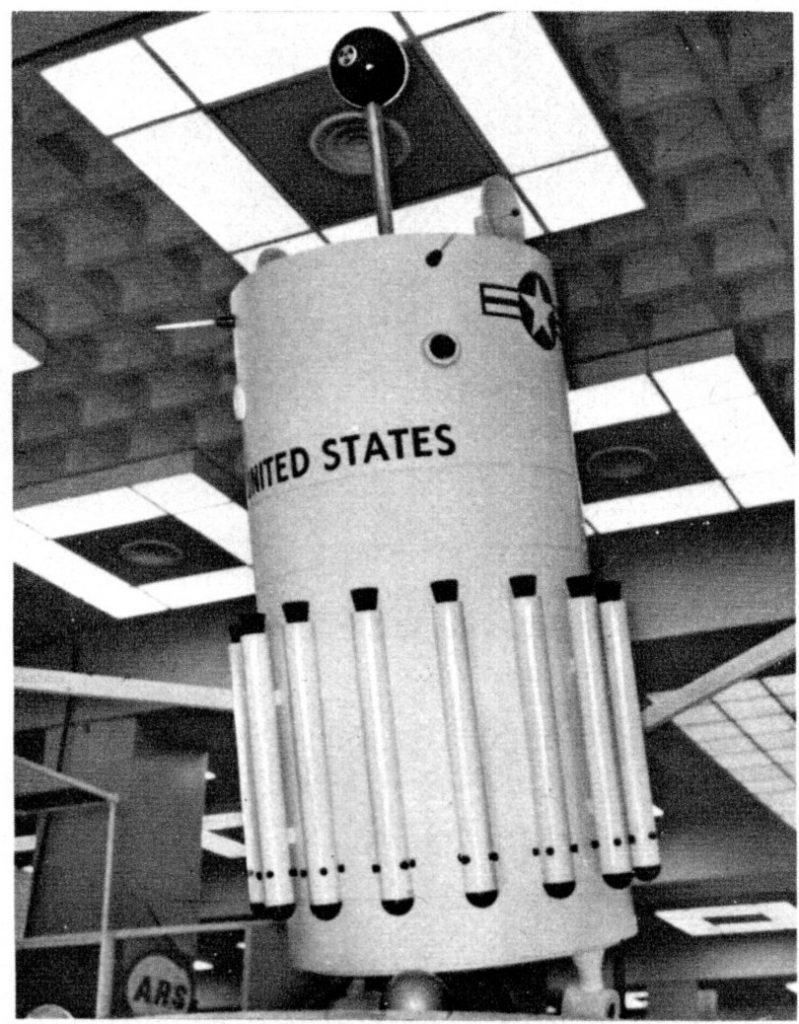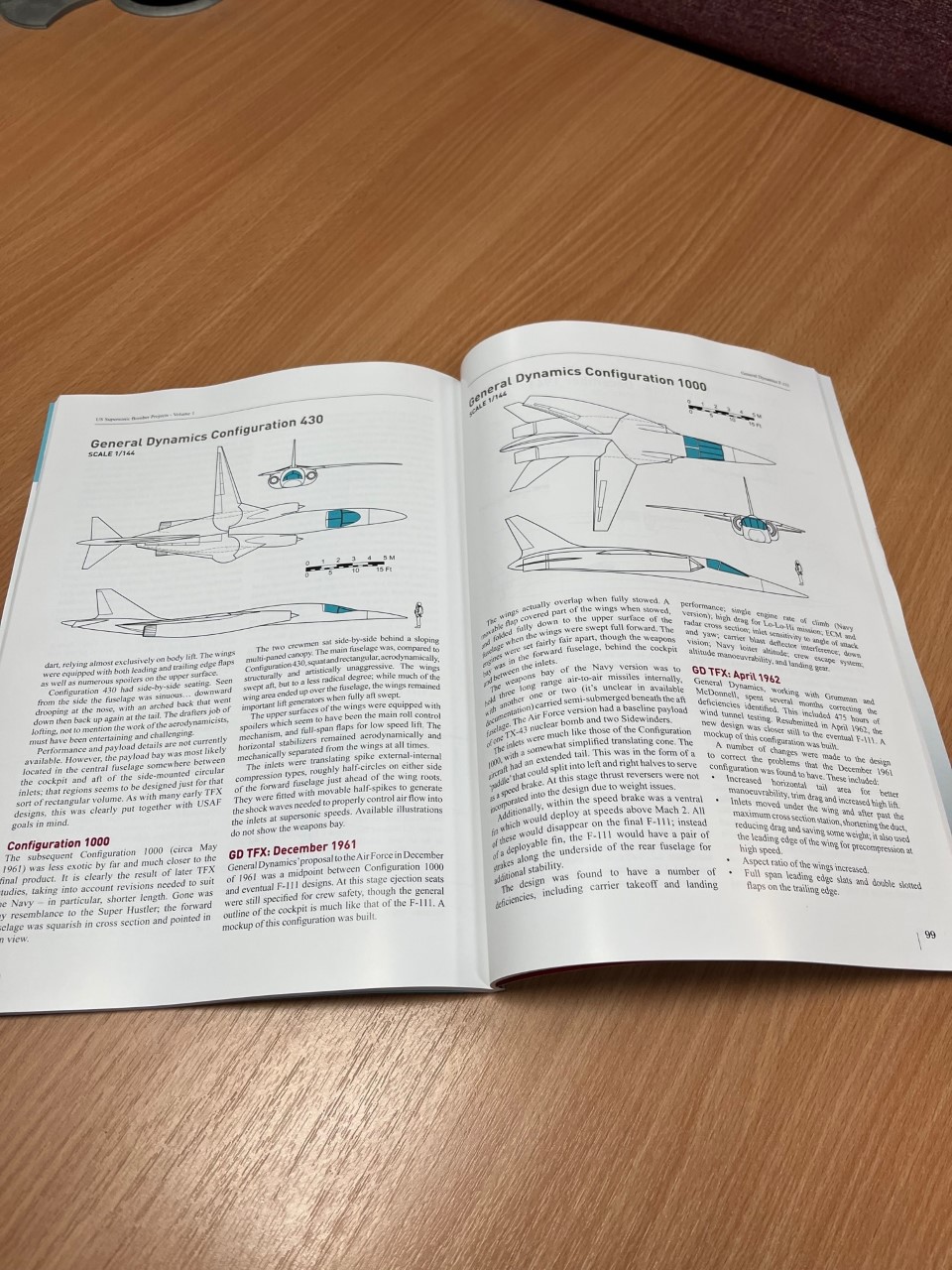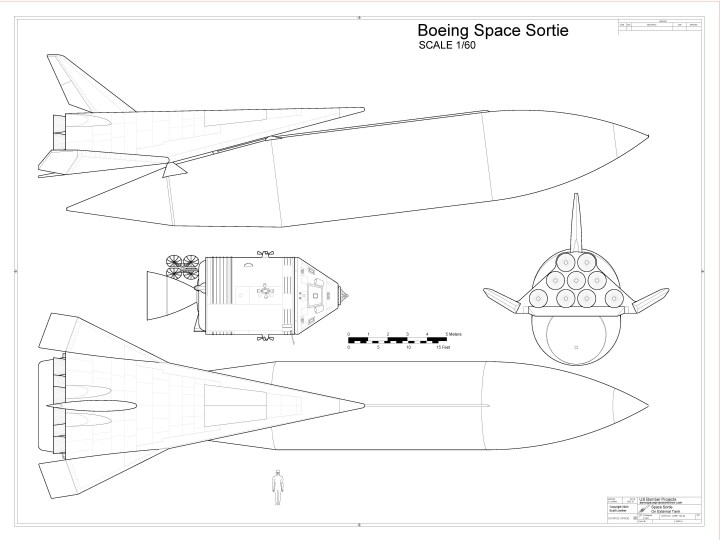A model built by or for Raytheon depicting their concept of a “Space Defense Platform.” Shown in early 1962 (possibly late 1961), this is a very early concept for a space-based weapon system meant to destroy other space vehicles. Scale is unknown, but if it is 1/1 scale, it seems fairly small. It is surrounded by what look like interceptor missiles, missiles which bear a resemblance to the contemporary FIM-43 “Redeye” shoulder-fired surface-to-air missile. The space missiles seem to have infra-red seekers like the Redeye, four small fins up front much like the Redeyes (which of course doesn’t make any sense in context of a space-based missile), but no tail fins, unlike the Redeye. Presumably steering would be accomplished by vectoring the main nozzle or the use of divert thrust near the nose, or both. Perhaps the four small “fins” are in fact thrusters, each pointing “sideways.” Much later interceptor missiles for use in space used gas generators that ran non-stop and fired from all of the thrusters non-stop; doing so negated their thrust, until a valve closed on one or more thruster, making the thrust asymmetric.

Redeye missile for comparison:

The model has few other features of note. Some ports, some antennae, some ill-defined projections near the bottom… and a spherical item, held aloft by a short boom, at the top. Notice a small “radiation” symbol on the sphere, indicating that this spacecraft was to be nuclear powered. Presumably some sort of low-power system, an RTG or the like, rather than a full reactor. in either case, radiators are not in evidence.
For those lookign to nail down the size of the model:
1) Assume the missiles are Redeyes.
2) Down at the bottom is a shiny hemisphere… it *might* be someone’s head.
3) The ceiling lights and contours are likely made to standard sizes.


















